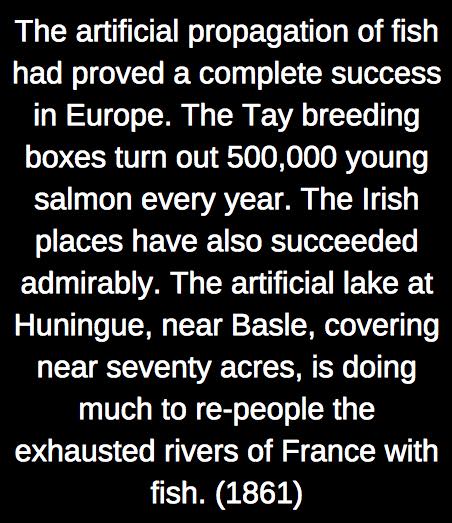
I have often considered starting an herb farm for all the local crafters and soap makers. Mint, in particular, is a useful herb in the kitchen and the craft room, plus it really is easy to grow as long as you have the right kind of soil.

The Cultivation Of Mint
Useful Herb Grows In England, Japan, And United States
Two varieties of mint, known respectively as black and white mint, are grown in England for the production of the essential oil, but the area under cultivation is very limited, and it is believed that it may not exceed 1,000 acres, whilst some authorities estimate that half of that area would represent the total quantity that is grown in this country.
White mint was cultivated for many years before the black variety, which produces nearly double the quantity of oil, was introduced and at the present time only a small quantity of white mint is cultivated to supply the demands of a few old firms of druggists. Black mint, so called from its dark green foliage, was first commercially used about forty-five years ago, and it has now almost superseded the other kind, which has leaf more lance like and serrated and of a lighter color.

Black mint seldom flowers except in hot and dry seasons, and it has not been seen in full flower since 1893, when the summer was hot and dry. White mint differs in this respect; it comes earlier and flowers every summer, and when in full bloom, land planted with is has a somewhat similar appearance to a field of lavender. The flowers in both cases are of a blue color.
Mint is cultivated in Japan and also in the United States, particularly in Michigan. Growers in the United States, although the quality of their soil is inferior, by sending their produce to English markets have in some measure undersold the home producers.
Mint is a deep rooted plant with underground stems or runners, and it can only be grown profitably on certain soils. It requires a good, light, warm soil, that which suits it best being a deep rich loam on gravel, but it will thrive well on a chalky subsoil. It likes a moist spring and a dry, hot summer. It is grown from roots, not from seeds.
As a mint plantation only lasts from four to five years it is necessary to form three or four beds that will come on in succession, and this is usually done in the following manner: In the autumn after the crop has been cut, trenches are dug from eight to ten feet apart, fifteen inches deep and eighteen inches wide, the displaced earth being spread over the plants between the trenches.
When the plants spring up some are transplanted to another bed, the area under cultivation being extended and so on from year to year, so that at the end of the fourth year, when the first bed is dying out the others, which have been made, take its place and continuous succession is obtained. If the plants are not required for extending the plantations, the land is plowed with disk coulters and in the spring it is harrowed down. The mint plantations in their second year give the best results, and each year afterwards they gradually deteriorate. When the plantations are broken up at the end of four or five years the same land should not be used again for mint growing for many years.
The mint is cut about the beginning of September, when the plants flower or when a red rust called “snuff” appears on the leaf. The cutting is done by hand with a hook. The crop is left on the ground after cutting to dry, and then packed in Russia mats and carried to the distillery. It is there unpacked and boiled with water in coppers or still for about six hours. The steam from the boiling mint is condensed in a metal coil of pipes contained in a large vat of cold water and runs into a separator at the bottom of the vat. Here the coil rises to the surface and the water is drawn off. When the vessel is full of oil it is poured into cans and cleared by filtration through “filter paper.” It is then stored in glass bottles called “Winchester quarts” — which contain about five pounds of each — when it is ready for sale to the wholesale druggists.
Source: The San Juan Islander. Newspaper. February 18, 1910.

